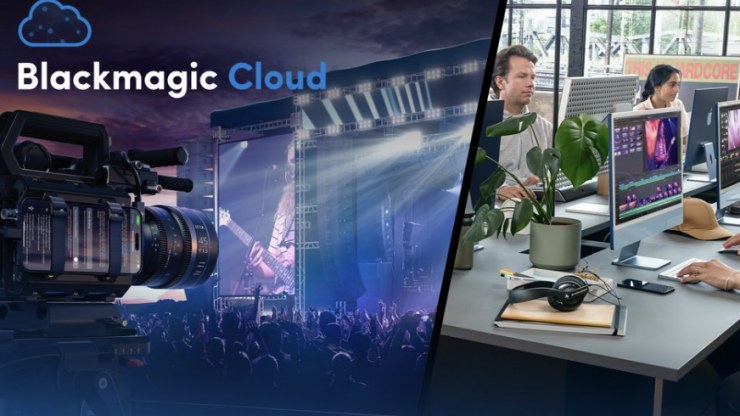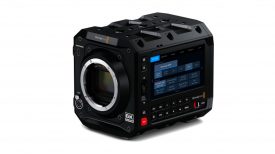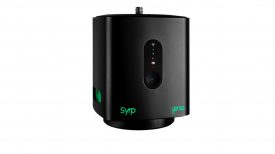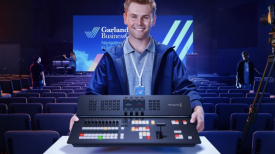
Blackmagic Design has announced a Blackmagic Cloud Price Reduction. From today, a new, lower price of $15 USD per TB (it was previously $30 USD per month) for Blackmagic Cloud media storage will allow more customers to sync media between DaVinci Resolve systems and Blackmagic Cloud storage.
With support for Blackmagic Cloud, you can use multiple Blackmagic Cloud Store units to share files globally. That’s extremely important when working with large datasets or massive digital film and video files. These files need to be constantly accessed dozens of times a second, so most internet connections are too slow to handle it. While the internet has too much latency to access large files remotely, you can use it to sync these files. Syncing the files to local storage totally eliminates delays in accessing them. That’s because everyone has a local copy of the files on their network. Blackmagic Cloud Store will constantly sync files, even if your computer is turned off.
Blackmagic Cloud lets people share DaVinci Resolve products worldwide, so they can work with some of the best editors, colorists, visual effects artists and audio engineers. It allows a truly global workflow.
Not only is Blackmagic Cloud built into DaVinci Resolve, but it’s also built into most Blackmagic Design cameras as well as the free Blackmagic Camera app on iPhone and Android phones.
The secret to Blackmagic Cloud is the ability of the latest Blackmagic cameras, such as the Cinema Camera 6K, PYXIS, URSA Cine and URSA Broadcast G2, to record a full resolution HD proxy in H.264. These files are live synced to Blackmagic Cloud as they are recorded, and then also live synced down to all DaVinci Resolve workstations that are connected to the same cloud project. All the cinematographer needs to do is connect to the project which they can see in the camera user interface. It is all automatic!
On the camera, the customer simply logs into Blackmagic Cloud and selects a DaVinci Resolve project before recording. Then the recording will start live syncing to all connected DaVinci Resolve workstations. Editors can edit while colorists color correct. Plus if customers have multiple cameras recording at the same time, then the new multi sync feature will show all cameras in a multi view, so the editor can pick the best angle.
This workflow is similar to live streaming into the edit software. If the user starts playing, the playback will never end as the media is syncing into the viewer just in front of the play head. The editor can see the play indicator jump back as each segment of clip arrives and the clip continues to grow in length. Plus the clip icon in the bin will show a red record indicator to show this clip is still recording on the remote camera.
This means when a camera starts recording, a remote DaVinci Resolve system can start editing and color correcting as the scene is shot, then a DaVinci system back on set can see the color grade the moment the camera stops rolling. It means you don’t need a complex color grading setup on set, as a post-production facility can do it on a large DaVinci panel with color-accurate monitoring. Then the on set DaVinci Resolve system can be used for playback of these color-graded shots the moment the shot has been completed. It’s concurrent post-production and shooting, where both happen on the same shot at the same time.
For news workflows, a camera such as URSA Broadcast G2 can start recording and syncing into the editing system the moment a historical event starts to unfold. The editor doesn’t have to wait for the camera to stop recording, as they can edit a news segment the moment the camera starts rolling, getting the segment to air in seconds.
If a broadcaster wants to get the media to air as it records, they just have to go back a few seconds in the DaVinci Resolve viewer and press play. DaVinci Resolve will then play back the media as it arrives in a very similar way to live streaming. DaVinci Resolve becomes the media decoder and player.





